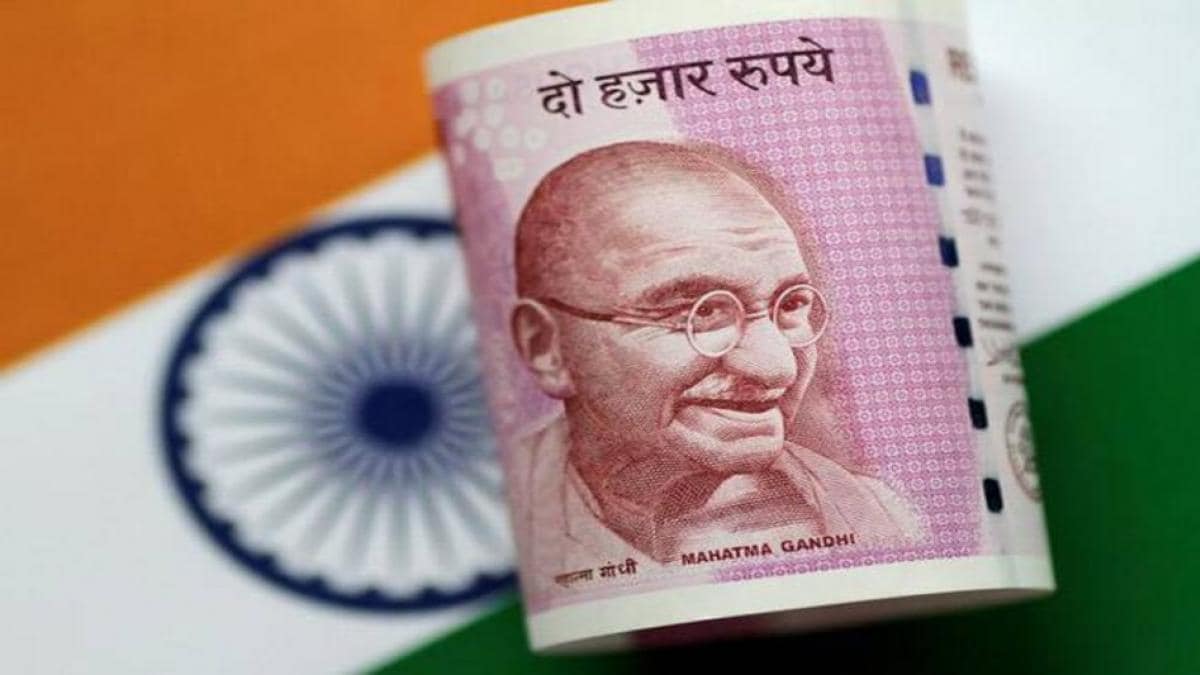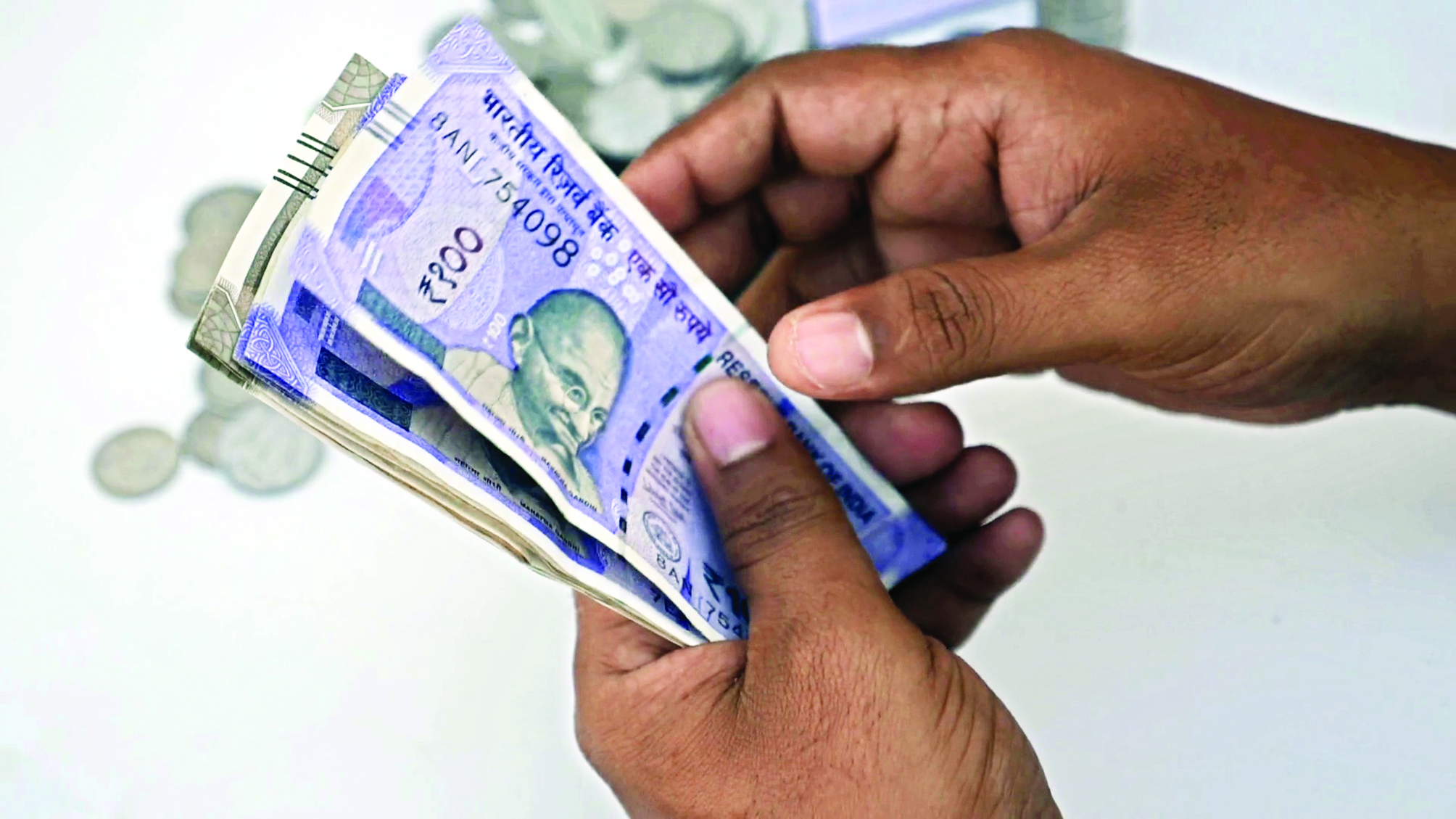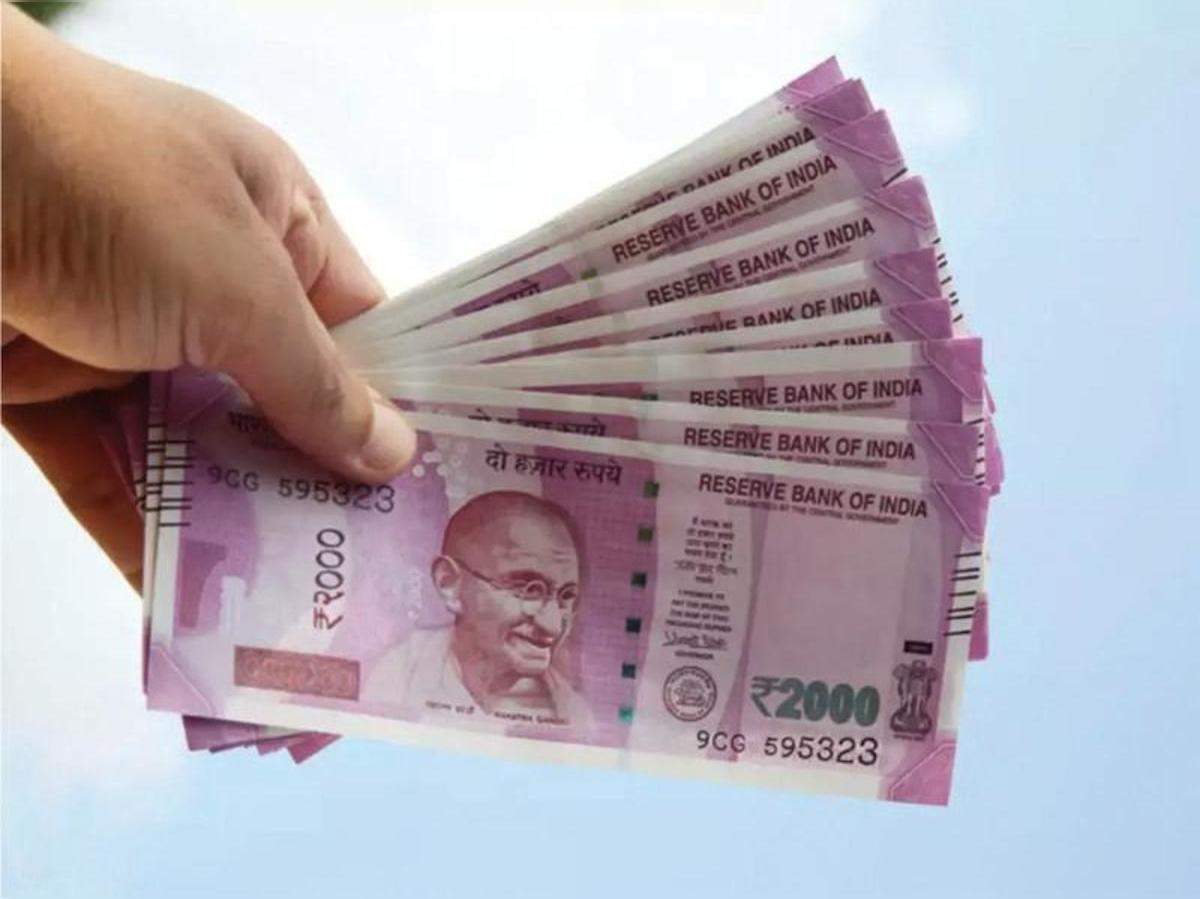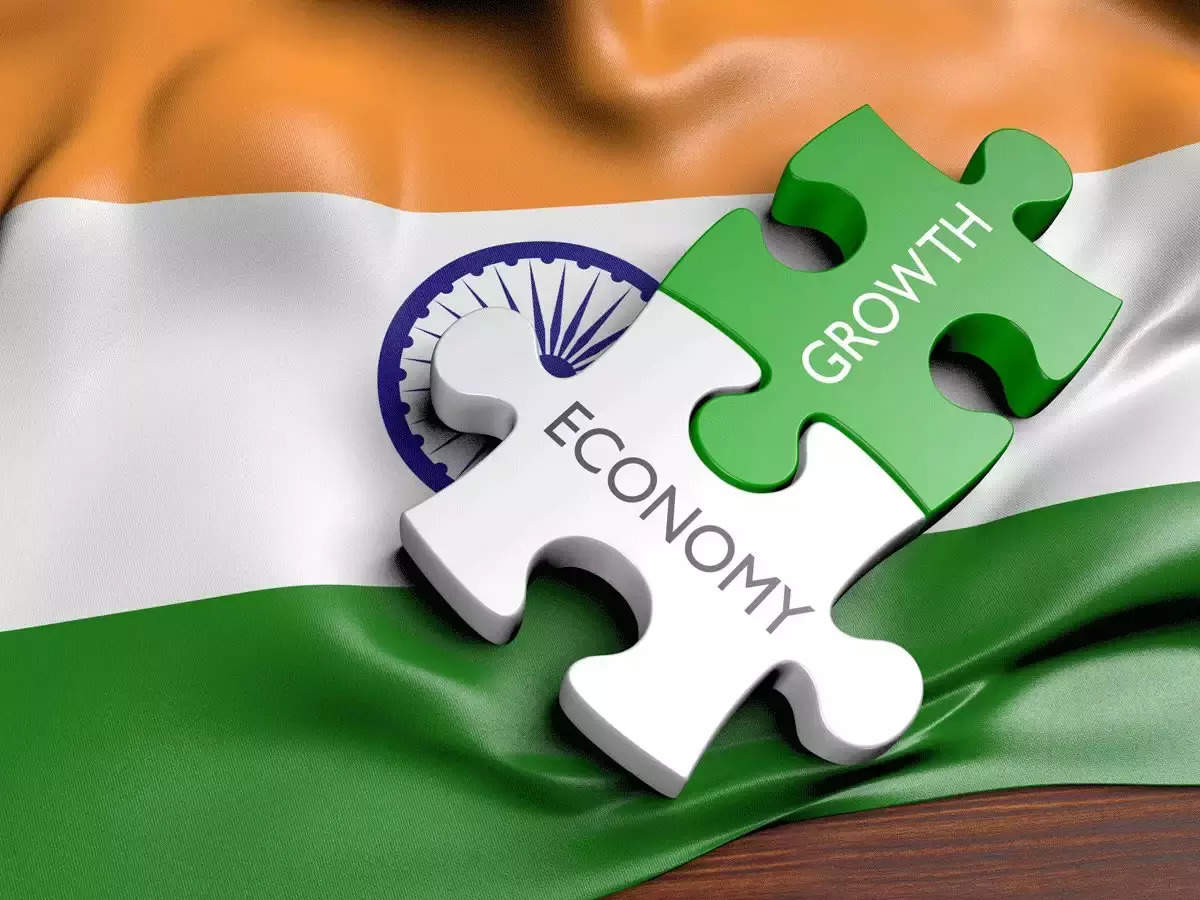CPSE Dividend Surge: Boosting India’s Fiscal Health 2023

CPSE Dividend Surge: Boosting India’s Fiscal Health 2023
In the intricate web of a nation’s financial structure, dividends received from Central Public Sector Enterprises (CPSEs) play a pivotal role.
These dividends not only signify the financial health of these enterprises but also hold significant importance for the national exchequer.
In recent years, CPSE dividend receipts have witnessed a remarkable surge, surpassing the budgetary targets set by the Indian government.

This unexpected windfall has brought about several positive implications for India’s fiscal health, presenting an opportunity for prudent financial management and investments in critical sectors.
As opposed to the modest target of Rs 43,000 crore set for 2023–24, the Center’s dividend revenues from central public sector enterprises (CPSEs) would likely be closer to Rs 59,000 crore reached in the previous two years. This will be partly because of the probably strong revenues from the businesses in the energy, electricity, and commodities sectors.
greater commodity prices and the policy of the department of investment and public asset management (Dipam), which encourages CPSEs to deliver greater dividends, contributed to the Rs 59,000 crore collections in FY222 and FY23, despite the government lowering its ownership in numerous CPSEs.
)
As a result, even if the disinvestment receipts for FY24 fall far short of the objective of Rs 51,000 crore due to the expected non-materialization of significant strategic sales, the Centre’s fiscal calculations for the year won’t be affected because tax revenues are also on schedule.
The Centre has already received Rs 13,792 crore in dividends from CPSEs so far in FY24, primarily from the energy, infrastructure, and commodities sectors. This is an increase of roughly 18% over the Rs 11,446 crore received during the same period last year.
Central Public Sector Enterprises (CPSEs) are government-owned corporations operating in various sectors such as energy, infrastructure, telecommunications, and finance. These enterprises generate substantial revenues and profits, thanks to their strategic positions in the market and vast operational scales.
CPSEs are required to share a portion of their profits with the government in the form of dividends. These dividends form a vital component of the government’s non-tax revenue, bolstering its fiscal position. The government, in its annual budget, typically estimates the amount of dividend income it expects to receive from CPSEs. These estimates are based on the projected profits and financial health of these enterprises.

Over the past few years, CPSE dividend receipts have surpassed the budget targets set by the Indian government. This unexpected surge can be attributed to several factors:
- Improved Performance: Many CPSEs have enhanced their operational efficiencies and profitability, leading to higher profits and subsequently, increased dividends. Strategic initiatives, cost-cutting measures, and enhanced productivity have contributed to this improved performance.
- Divestment Initiatives: The Indian government has been actively pursuing its divestment agenda, which involves selling its stakes in CPSEs to private entities. As a result, the government often receives substantial one-time dividends as part of these transactions, significantly boosting its revenue.
- Better Economic Conditions: Favorable economic conditions, increased consumer demand, and overall growth in the Indian economy have positively impacted the profitability of CPSEs, translating into higher dividend payouts.
The surge in CPSE dividend receipts holds several crucial implications for India’s fiscal health:
- Fiscal Consolidation: The surplus dividend income bolsters the government’s fiscal consolidation efforts. It provides the government with extra resources to bridge fiscal deficits and reduce the need for borrowing, thereby stabilizing the economy.
- Infrastructure Investment: The additional revenue from CPSE dividends can be channeled into critical infrastructure projects, including roads, railways, and energy infrastructure, to stimulate economic growth and job creation.
- Social Welfare Programs: The government can allocate a portion of the surplus dividend income to fund social welfare programs such as healthcare, education, and poverty alleviation, improving the living standards of citizens.
- Debt Reduction: Surplus funds can be used to retire government debt, reducing interest payments and freeing up resources for more productive purposes.
- Attracting Foreign Investment: Increased dividend receipts from CPSEs can enhance India’s credibility among foreign investors, making it an attractive destination for foreign direct investment (FDI).

The surge in CPSE dividend receipts surpassing budget targets is undoubtedly a positive development for India’s fiscal health. It reflects not only the financial robustness of these enterprises but also their ability to contribute significantly to the government’s revenue.
As India continues to prioritize economic growth, infrastructure development, and social welfare, this unexpected windfall can be judiciously utilized to realize these objectives.

Careful planning, prudent financial management, and strategic investments will be critical in harnessing the full potential of CPSE dividend receipts for the nation’s progress and prosperity.




